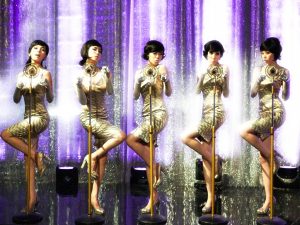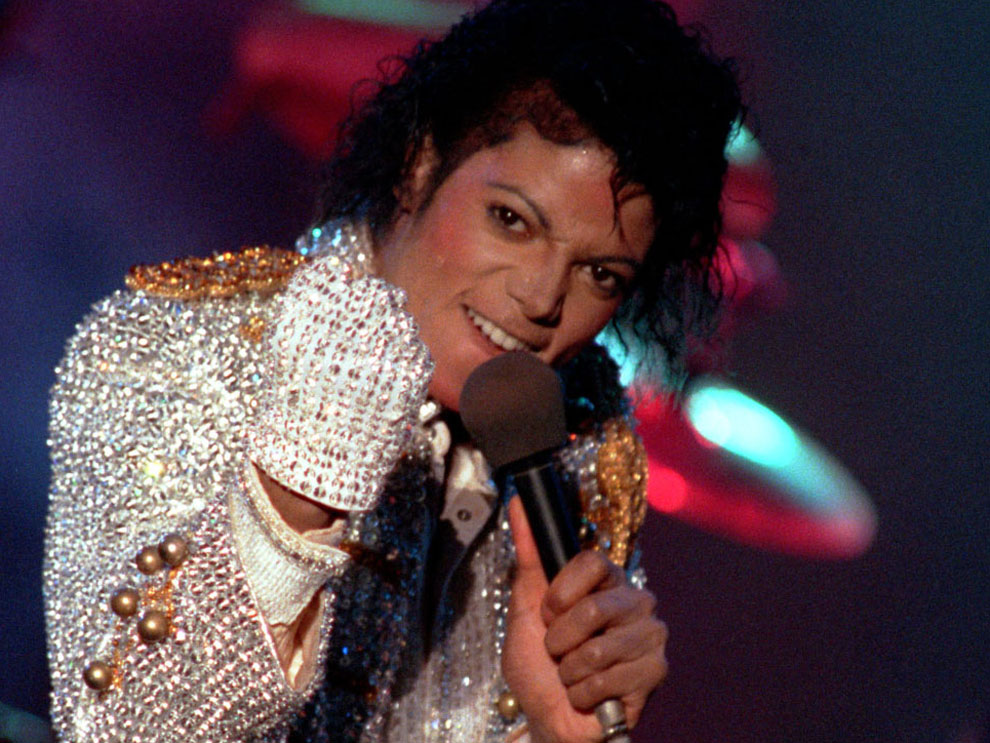 There’s only one rule when my friends and I karaoke: the room must have a stage. This is crucial so we can be as ridiculous as possible, warming up with Wonder Girls’ “Nobody,” before getting in formation for 2PM’s “Again and Again” and forcing the men to do Brown Eyed Girls’ “Abracadabra.” I salute K-pop for managing to invoke so much goofiness and nostalgia in my nightlife.
There’s only one rule when my friends and I karaoke: the room must have a stage. This is crucial so we can be as ridiculous as possible, warming up with Wonder Girls’ “Nobody,” before getting in formation for 2PM’s “Again and Again” and forcing the men to do Brown Eyed Girls’ “Abracadabra.” I salute K-pop for managing to invoke so much goofiness and nostalgia in my nightlife.
Yet it’s also mind-boggling to see how dance has evolved since those trends swept through my high school. A decade later, it’s no longer just bored teenagers accidentally punching each other while mimicking Wonder Girls’ “Tell Me.” Instead we have local hip-hop groups studying video performances, and recording and uploading dances with their own flair to join the conversation online. Maybe they’ll go to a workshop led by a visiting choreographer on Saturday, make a few connections, and land a gig to be backup dancers in your favorite group’s next comeback.
How have we come so far? While dance has always been an integral part of K-pop’s visual aspects, recent developments in technology – more social media platforms, higher-resolution cameras, simpler editing software – have allowed K-pop dance to go international and merge into an increasingly globalized hip-hop scene. Choreographers no longer dictate from the shadows, but head businesses and produce video channels; dancers no longer blend into background scenery, but teach classes around the world and amass public followings. There’s a whole new species of celebrity in today’s entertainment ecosystem.
This phenomenon perhaps starts in 2007 with “Tell Me,” one of the first dances to attract widespread media attention. Companies realized that catchy moves were a way to garner free press for new releases, and began to up their ante in a search of the next dance sensation. One of the places they turned to was the Internet – where dancers were in the early stages of experimenting with YouTube, uploading short, grainy clips of their own pieces. While many were professionals in the industry, and had joined dance crews, entered competitions and worked for major pop stars, their videos were intended for the appreciation of a niche group of fellow artists.
“I never thought of being a choreographer…or a K-pop choreographer,” said Japanese dancer Rino Nakasone in an interview with Asia Pacific Arts. “SM Entertainment just found me [online], and asked me to choreograph for SHINee’s debut song.” Originally a backup dancer for Janet Jackson and one of Gwen Stefani’s Harajuku Girls, Nakasone has become one of K-pop’s most prolific choreographers, working with SM to produce some of their most famous dances (SHINee’s “Lucifer,” SNSD’s “Genie,” f(x)’s “Nu ABO”). She notes that it was unexpectedly K-pop fans who first began breaking down her dances: “I just made it up and then people named the moves I made. Like “Genie,” [the fans] made a name for the leg move…I’m surprised that that’s what they saw.”
Snatching up the right choreographers became another arms race between the Big Three. YG Entertainment chose to work with Filipino-American dancer Shaun Evaristo, who helped choreograph Taeyang’s “Wedding Dress” and “I Need a Girl,” and 2NE1’s “Clap Your Heads.” As dances grew into intricate, artistic performances to be appreciated in their own right, fans were no longer just dissecting and naming K-pop moves, but actively learning them; people around the world began uploading their own dance covers online. (Type any major K-pop song into the search bar of Youtube today, and you’re guaranteed to find pages and pages of people, from elementary school kids to Taekwondo atheletes, dancing to them.) K-pop artists, too, responded by holding cover competitions, and uploading their own practice videos that fans could learn from – in which you would occasionally notice the presence of a dance teacher. And slowly, an awareness of not only the dances, but also the choreographers responsible for them emerged online.
 There was now an active dialogue happening through the Internet, as choreographers and backup dancers continued uploading videos of their work, alongside official K-pop releases, and fan interpretations of the same pieces. While dancing idols once served as a middleman between dancers and dance fans, social media had quickly brought down this wall and opened the possibility of direct communication. K-pop began developing more and more visibly obvious connections to the world of dance and hip-hop.
There was now an active dialogue happening through the Internet, as choreographers and backup dancers continued uploading videos of their work, alongside official K-pop releases, and fan interpretations of the same pieces. While dancing idols once served as a middleman between dancers and dance fans, social media had quickly brought down this wall and opened the possibility of direct communication. K-pop began developing more and more visibly obvious connections to the world of dance and hip-hop.
Take Filipino-American dancer Aimee Lee Lucas, who started as assistant to Evaristo and worked with YG before settling in Los Angeles. To celebrate Big Bang’s first concert in L.A., Lucas held a free K-pop dance class that was so popular, it became her full-time job; she eventually started the company MVP Elite to teach dance classes throughout the area. And she’s not the only one who has institutionalized hip-hop as a business with studio space – Evaristo runs choreographer management company Movement Lifestyle alongside dancers like Keone Madrid (BTS’s “Dope”), and Ian Eastwood (Vixx’s “Chained Up”); New Zealander Parris Goebel (CL’s “Hello Bitches”) has made a training center for her dance crews under The Palace Dance Studio.
In Seoul the spotlight has turned to 1MILLION, a relatively new company with skilled dancers, and perfect practice videos: their clips have large headlines, proper lighting, and crisp footage, professional productions that essentially promote the studio to an international audience. Such videos are mesmerizing to watch even if you know nothing about dancing – you definitely know the songs being used, and your brain has already been trained by K-pop videos to follow intuitively what’s happening on screen.
This kind of practice clip is the new standard online. No longer just a documentation of what has been made, it also serves as part of a digital portfolio, and a networking tool. Strong online followings have given a dancer even more clout in today’s social media society; the combination of the right resume and the right fans can open doors to creating pieces for the next K-pop star. And this realization has increasingly led dancers to use available resources to stand out from the pack. They’re now going behind-the-scenes into their personal lives, collaborating with fashion brands, and producing their own music videos to generate even more hype with followers.
If anything, the rise of media-savvy celebrity dancers has also raised the expectations placed on K-pop idols and their dances. Today there are idol-choreographers (Hoshi of Seventeen, Rocky of Astro) who regularly make dances for their groups’ singles, and television programs to highlight the abilities of dancing idols (Dancing 9, Hit the Stage). More often than not I am floored by the elaborate dances I see in popular MV releases, and the thought that follows is: well, I’ll never be able to do that at karaoke. I leave it to this new wave of hip-hop dancers to show me what they’re capable of.
Readers, who are some K-pop choreographers and dancers you love? There are so many, it was impossible to mention them all; shout out to your favorites in the comments below!
(YouTube [1][2][3][4][5][6][7][8][9][10], Tokyo Weekender, LA Weekly, Mochi Magazine, Funcurve, The Palace Dance Studio, Images via FuckYeahYGDancers, JYP Entertainment, YouTube, Twitter)


